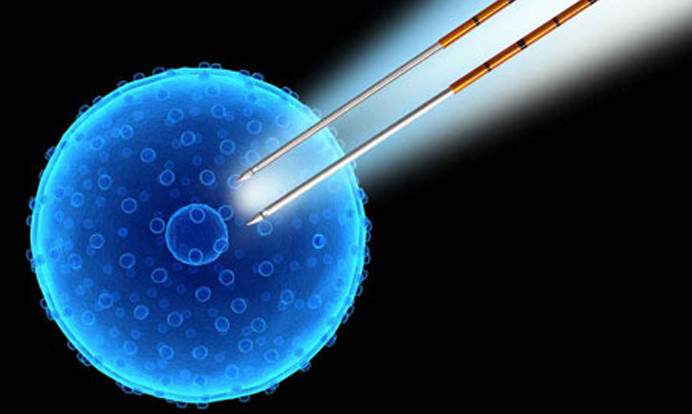
A man claims his cancer battle has been boosted by a revolutionary treatment which blasts 3,000 volts through the body.
Engineer Tom Cumming, 59, was told all options for beating his pancreatic cancer had been exhausted and he was advised to make the most of the time he had left.
He then discovered a new experimental electro-treatment called NanoKnife which resulted in him having a 3,000-volt current zipped through his tumour.
The grandad-of-three, who enjoyed a 37-year career as a power systems engineer for Scottish Power and making sure he DIDN’T get electrocuted has been amazed at the result.
He said: “This thing is keeping me alive and it has kept me going.”
Tom, from Strathaven, south Lanarkshire, and his wife Fiona, 65, had to pay £13,000 for the alternative treatment. It was carried out in November 2012 at the private Princess Grace Hospital in London with all other avenues closed and against a bleak 3% pancreatic cancer survival rate.
Specialists told Tom the treatment uses electrical current to break down cancer cells. This is said to enable the body’s immune system and chemotherapy to attack cancer.
He said: “I was apprehensive because I was an electrical engineer for 37 years. My job was to avoid electric shocks so this was alien to me. My colleagues were offering to do it for free.
“There is an irony that one month I am trying to avoid it and the next I am volunteering to have 3,000 volts.”
He added: “I was put under a general anaesthetic and paralysed and they put 3,000 volts through for a time of 90 milliseconds at 50 milliamps. That breaks down the tumour wall and allows the body’s immune system and chemotherapy in the body to do its job.”
To Tom’s amazement, for 20 months the tumour was halted in its tracks and he did not require any further treatment. But in January a scan revealed there had been a change in the tumour, and on June 4 he once again found the cash for a second NanoKnife blast, as a “pre-emptive strike”.
He said: “I am still here, so I’ve got to give it some credence that this thing is keeping me alive and it has kept me going.”
The treatment which can be carried out on a range of cancers, is approved for use in the UK but is not available on the NHS, and a recent clinical trial failed to progress due to a lack of funding.
Professor Edward Leen, a radiology specialist who carried out both procedures, said: “I do believe without the NanoKnife he may not be alive today.
“The median progression free survival (PFS) and overall survival (OS) on conventional chemotherapy at best is around six to nine months and 11 to 13 months respectively.
“Published American data as well as ours, which is not yet published, show that in combination with chemotherapy the NanoKnife doubles both PFS and OS and fits with what has happened to Tom.
“It took Tom about 20 months before his disease progressed.”
Last night an NHS Scotland insider said that the private NanoKnife treatment is being widely discussed by oncologists.
“This is something that people are watching with extreme interest,” he said.
HOW NANOKNIFE WORKS
Over the last 20 years, inoperable cancers have been treated using “radio-frequency ablation”, which uses heat to destroy cancer cells. According to Professor Leen this therapy has limitations because it cannot be carried out on tumours which are close to major blood vessels, or in difficult-to-treat parts of the body.
The NanoKnife procedure uses electrical pulses to destroy cells and he says it leaves surrounding tissue unaffected. During the procedure, the patient is anaesthetised and muscles are paralysed using a relaxant. Two disposable NanoKnife needle electrodes are then inserted through the skin and into the tumour using guidance from CT and ultrasound scanners.
A series of electric pulses under high voltage are delivered across the needle electrodes within a two-minute timeframe to destroy the cells. This may be repeated several times to ensure it has been effective. Patients remain on the ward overnight but usually discharged the following day after being assessed.

Enjoy the convenience of having The Sunday Post delivered as a digital ePaper straight to your smartphone, tablet or computer.
Subscribe for only £5.49 a month and enjoy all the benefits of the printed paper as a digital replica.
Subscribe